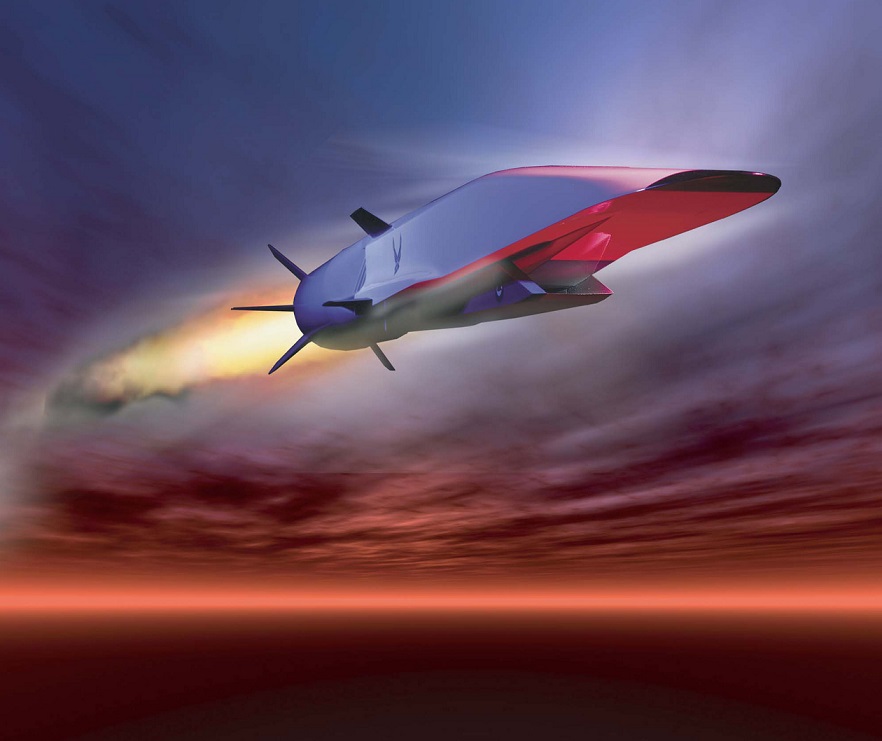
This post is also available in:
 עברית (Hebrew)
עברית (Hebrew)
The US Department of Defense revealed that a hypersonic cruise missile built under the Department’s classified Hypersonic Air-Breathing Weapons Concept (HAWC) program successfully completed its first flight. A hypersonic missile is capable of flying five times the speed of sound.
“The HAWC free flight test was a successful demonstration of the capabilities that will make hypersonic cruise missiles a highly effective tool for our warfighters,” according to DARPA, the Defense Advanced Research Projects Agency, which runs the HAWC project.
The missile was built by Raytheon, which said the success “paves the way for an affordable, long-range hypersonic system in the near term to strengthen national security.” “This test proves we can deliver the first operational hypersonic scramjet, providing a significant increase in warfighting capabilities.”
The HAWC project is aimed at fleshing out the underlying technologies required for scramjet-powered hypersonic cruise missiles. The Air Force is the advanced research agency’s transition partner for the project, according to breakingdefense.com.
During the recent test, the scramjet engine built by Northrop Grumman “compressed incoming air mixed with its hydrocarbon fuel and began igniting that fast-moving airflow mixture, propelling the cruiser at a speed greater than Mach 5 (five times the speed of sound),” according to DARPA.
Scramjets take in oxygen from the atmosphere, rather carrying bulky oxygen tanks. Thus, air-breathing hypersonic missiles can be made smaller, to be carried by fighter jets rather than big, heavy bombers.
But flying at greater than Mach 5 through the atmosphere also creates friction, heating up an air-breathing hypersonic weapon. Scramjets remain experimental, as do many of the materials designed to keep temperatures on the missile down so that avionics and other subsystems can function.

























